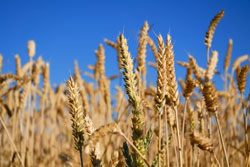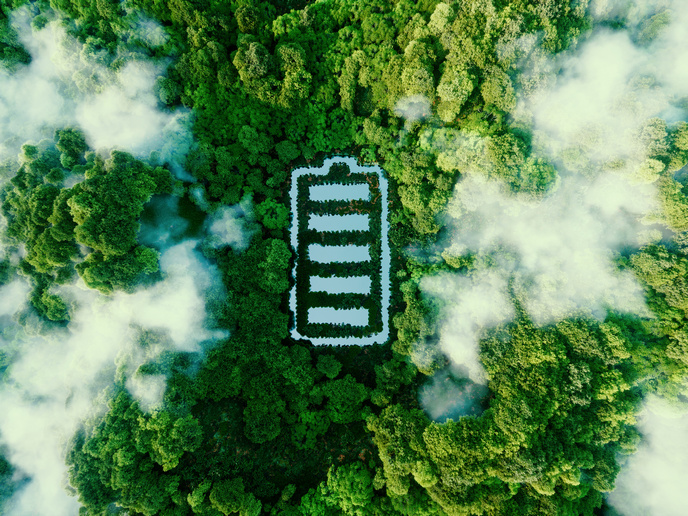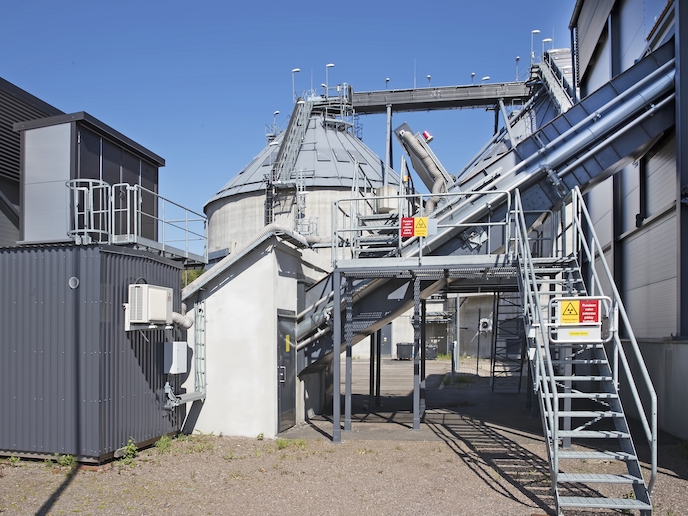Perennial grasses as energy crops
In the Commission's White Paper "Energy for the future: renewable sources of energy", an ambitious goal of doubling the share of renewable energies in the total energy demand was set. Furthermore, biomass broken down into biogas, residues and energy crops was envisaged to produce more than 80% of the total renewable energy sources additional contribution by 2010. Consequently, considerable efforts and funds have been devoted to research into bioenergy chains, starting from biomass production to biomass thermochemical conversion for energy production. The objective of the European project BIO-ENERGY CHAINS was to measure and evaluate the performance of energy crops and define an integrated bioenergy chain specifically suitable for Southern Europe. To fulfil this objective, four perennial energy crops were carefully selected, which, due to their different seasonal harvest times, can provide all-year-round raw material for subsequent energy production. The four species - cardoon, giant reed, miscanthus and switchgrass - have also been chosen because of the availability of information about their cultivation in several countries with different climates. Information on the establishment, cultivation, harvesting and packaging of all four species, using conventional equipment, were collected in small- and large-scale fields in Greece, France, Italy and Spain. For comparisons with results of previous trials in North European countries, the biomass yields and environmental impacts of growing perennial grasses were also considered in order to fully characterise them. Technical, environmental and economic aspects will be considered by the BIO-ENERGY CHAINS project partners to identify the most promising combinations of biomass resources, cropping practices and cutting-edge biomass energy technologies. The results will provide scientists working in this field, biomass producers, manufacturers and users of biofuels with sufficient means to optimise both the production chains and energy conversion processes.







